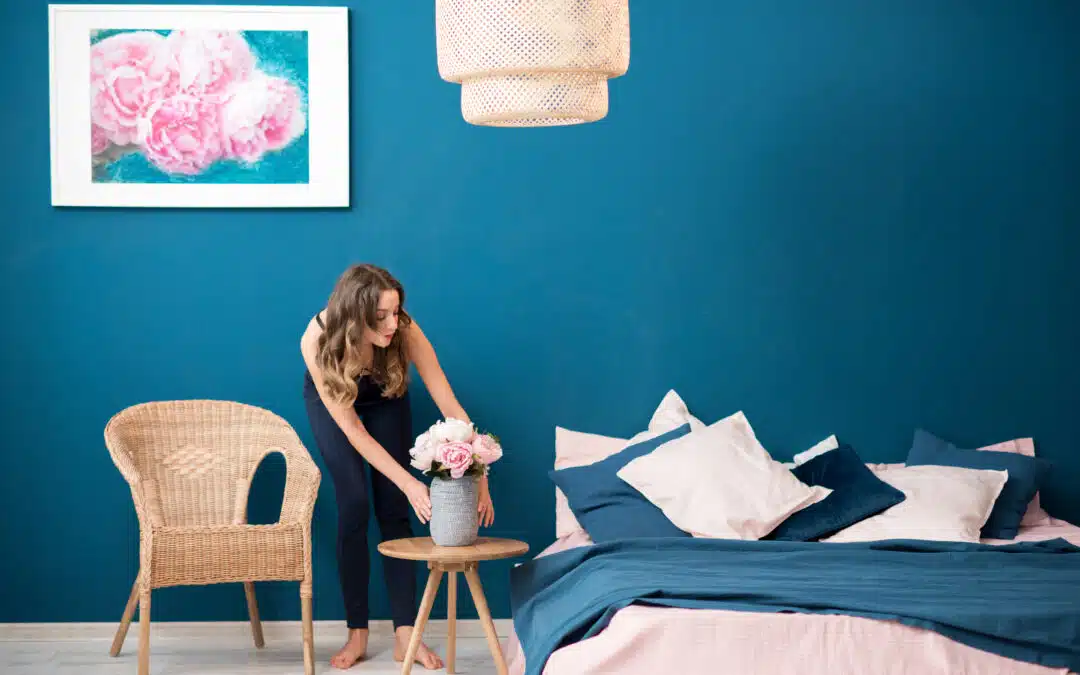Not all rooms are created equal… in size at least. But every room can be equal in style and impact with these tricks to make a small space feel more expansive.
A phrase as ubiquitous as “the best things come in small packages” can’t be an exaggeration – there’s real truth in it! While the traditional line of thinking around residential spaces might suggest that bigger means better, small spaces have become more popular recently out of both necessity and desire. Especially in urban centres like Toronto, housing affordability is a real issue – new homeowners or renters are having to transform smaller houses or condos into inventive city dwellings. On the other side of the trend, mobile or tiny homes paired with the great outdoors challenge our ideas around how much space we really need.
Smaller homes don’t need to feel like a sacrifice, particularly when you implement tricks like these to feel like you’re living in a palace.
1. It’s leg day for your furniture.
A piece of furniture that rests entirely on the ground can really draw the eye downward; if you have the space, that can be dramatic and impactful. If you don’t, it can make the space feel even smaller. Lift your coffee tables, couches, chairs, and consoles onto legs to create more space between the floor and the heaviest (visually speaking) part of your furniture. The result will be a look that feels light and airy with more surface area on view – plus, way easier access to clean.
2. Go with the flow.
If you have an open concept loft, this is probably not an issue. If you don’t, doorways and walls can pose a challenge in making a space feel larger. When placing your furniture, arrange your pieces in a way that works with the flow of your space, not against it. That means avoid cluttering pieces around doorways and hallways, and aim for orientations that open up to other rooms or spaces along the natural flow of your space. Also, leaving a little space between your pieces and the wall will make the room feel airier and less cramped.
3. Light up your life.
When it comes to colours, it’s pretty well known that softer, cooler hues (use a colour wheel if you need to find cool vs. warm colours) will make a space feel airier and light. Think white, sage, sky blue, or birchwood tones. That doesn’t mean warm and inviting colours like navy or charcoal are off-limits, just make sure you use them sparingly as an accent wall or focal point, and that they’re tied into the room’s furniture. Small spaces aren’t the place to include every colour in the rainbow; choose cooler colours and warm accents carefully and your tiny space will be both deep and bright.
4. Size matters.
Small room, small furniture right? Wrong! Ignore the assumption that because a space is small you have to choose the tiniest couch and set of chairs or a couple of spindly bookshelves. It’s actually much better to lay out a few larger pieces of furniture (as long as they fit with a little bit of space between them and the walls, as we mentioned) to make a small space feel open and functional. Filling a space with several smaller pieces of furniture give off a cluttered appearance, and above all, aren’t as comfortable to live with either.

